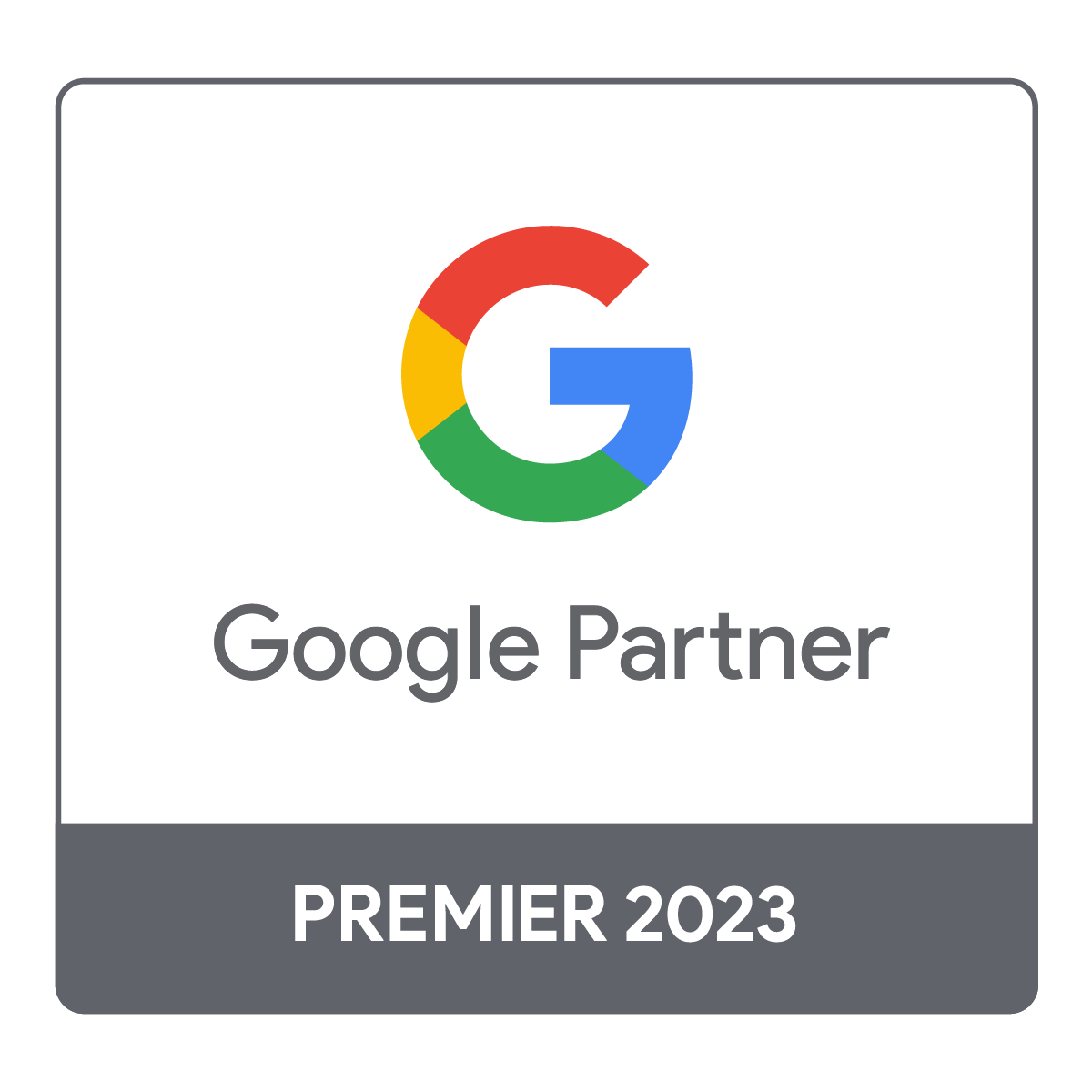Quickly’s AI-driven automation has allowed us to scale without increasing overhead costs.
Caleb H.
Our sales team is closing deals faster now that AI is handling lead qualification.
Sophia M.
Their AI-powered chatbot has made customer service more efficient, with 24/7 availability.
Jonathan R.
We no longer worry about customer inquiries piling up—Quickly’s AI takes care of it all.
Amelia K.
Integrating AI into our business was seamless, thanks to Quickly’s expert team.
Derek L.
Our conversion rates have doubled since we started using Quickly’s AI tools.
Isabelle P.
We’ve saved countless hours by automating repetitive sales and customer service tasks.
Trevor D.
Quickly’s AI has significantly reduced human errors in our workflow.
Madeline S.
Their lead generation system helped us attract higher-quality prospects effortlessly.
Damian V.
Customer interactions feel smoother and more personal with Quickly’s AI-powered automation.
Charlotte B.
Thanks to Quickly, our team can now focus on strategy instead of routine tasks.
Wesley T.
We’ve drastically reduced the need for manual data entry with AI handling everything for us.
Ava J.
Quickly’s AI call routing has helped reduce customer wait times significantly.
Owen F.
Our retention rates have improved because we’re engaging customers in a smarter way.
Elise C.
AI-driven analytics from Quickly give us insights we never had before.
Harrison W.
We can now track customer behavior and predict trends with AI-powered insights.
Ruby G.
Quickly’s AI chatbot instantly resolves most customer inquiries, reducing the burden on our staff.
Maxwell N.
Our email follow-ups are now automated, leading to a much higher response rate.
Serena P.
The AI payment system ensures that all transactions are processed securely and quickly.
Julian O.
Since adopting Quickly’s AI automation, we’ve cut operational costs while increasing efficiency.
Natalia R.
AI now handles 80% of our inbound calls, allowing our team to focus on complex customer needs.
Blake M.
We’ve automated our lead nurturing process, ensuring we never miss a potential sale.
Felicity D.
Quickly’s AI-driven recommendations have increased upsells and cross-sells in our business.
Adrian K.
We used to struggle with slow response times, but their AI-powered support has eliminated that issue.
Ivy L.
Our customers love how fast they get responses now, all thanks to AI automation.
Connor J.
We saw a 40% improvement in customer satisfaction scores after integrating Quickly’s AI.
Evelyn S.
Their AI sales assistant has helped us engage potential clients more effectively.
Tristan W.
The AI chatbot learns from customer interactions, making it smarter over time.
Naomi F.
We’ve automated appointment scheduling, removing the back-and-forth with clients.
Tyler C.
Quickly’s AI tools have brought consistency to our customer interactions.
Cecilia B.
We now provide real-time support with AI, keeping customers happy and engaged.
Vincent P.
Their automation tools have saved us from hiring additional staff for customer service.
Delilah T.
Thanks to Quickly, our onboarding process for new clients is fully automated and hassle-free.
Mitchell O.
AI integration was effortless, and the results were almost immediate.
Camille H.
We’ve seen a boost in productivity since eliminating repetitive tasks with AI-powered solutions.
Spencer V.
Their AI-driven CRM integration has improved our lead tracking and customer retention.
Lillian D.
Our support tickets are resolved much faster now that AI handles the first level of inquiries.
Grant L.
Since implementing Quickly’s AI, our response rates have gone up by 50%.
Marissa J.
Our business is running smoother than ever with AI streamlining communication and operations.
Dominic S.
AI automation has made our customer experience more personalized without requiring more effort from our team.
Alina R.
Quickly’s AI payment processing system makes transactions seamless and more secure.
Carter M.
We now resolve customer complaints faster than ever with AI handling initial inquiries.
Giselle P.
Their AI solutions allow us to provide instant responses without hiring additional staff.
Levi T.
We’ve minimized billing errors by integrating Quickly’s AI-driven payment system.
Daphne N.
AI-powered data analysis has helped us refine our marketing strategies.
Bryce W.
The customer journey has improved dramatically since we adopted AI automation.
Sienna C.
We can now track every interaction and optimize engagement in real-time.
Mason F.
AI-powered chatbots from Quickly give our customers instant answers to their questions.
Anastasia O.
Their AI technology is always evolving, which keeps us ahead of the competition.
Elias B.
We’ve reduced abandoned shopping carts with AI-driven reminders and personalized promotions.
Jocelyn K.
AI automation has made scaling our business easier and more cost-effective.
Phoenix D.
Quickly’s AI customer service system ensures no inquiry ever goes unanswered.
Miranda L.
The efficiency gains from AI have given our team more time to focus on strategic initiatives.
Sterling J.
With AI streamlining operations, we’ve been able to expand our services without additional costs.
Tessa M.
Thanks to Quickly’s automation, we’ve increased sales and improved the overall customer experience.
Quentin R.










